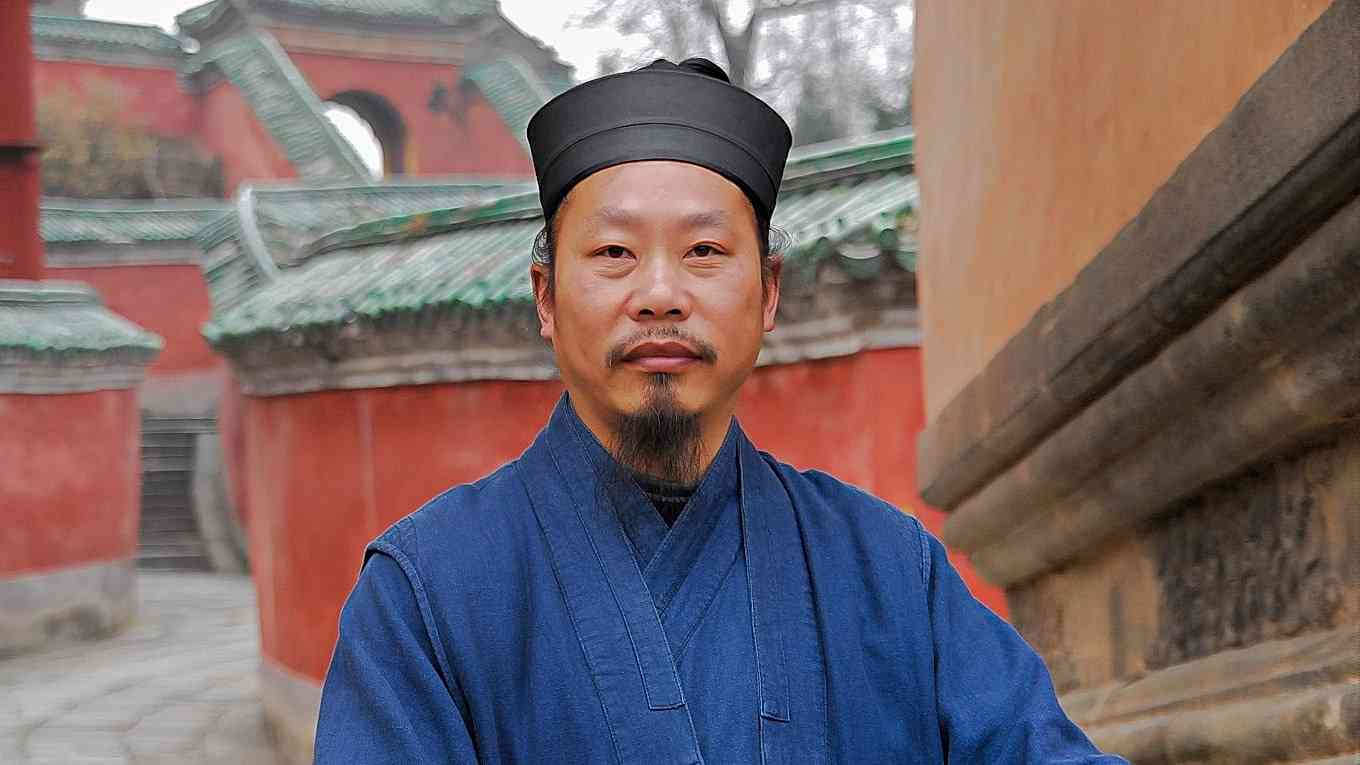Your cart is currently empty!
Tag: wudangschool
-

Study with Grandmaster Zhong Yun Long
Master Zhong Yunlong is a 14th generation legitimate inheritor of Wudang Sanfeng Pai (Pai equates to sect), an Orthodox Wudang Internal Kung Fu successor of two great Wudang Taoist masters and senior priests: Guo Gao Yi and Zhu Chengde. When Wudang Taoism first opened to the outside world, Master Zhong Yunlong was sent by the Wudang Taoist Association, to…
-

Study at Master Yuan Xiu Gang’s School
Master Yuan Xiu Gang was born in 1971, he is a Daoist priest (Daoist name Shi Mao) and a 15th generation disciple of Wudang SanFeng Sect. Master Yuan’s lineage dates back to the 14th century when Zhang San Feng became enlightened by the Dao and created Taijiquan. Master Yuan has loved martial arts since his…
-

Learning with Master Chen Shiyu
The Wudang Daoist Martial Arts Academy is located at the Temple of the Returning Dragon (Huilong Guan 回龙观), high up in Wudang Mountains. It was founded by Master Chen Shiyu in 2007. Master Chen Shiyu has been training in Wudang Shan for over 20 years and is a 15th Generation Master of Zhang San Feng Wudang Kung Fu. We are a small…
